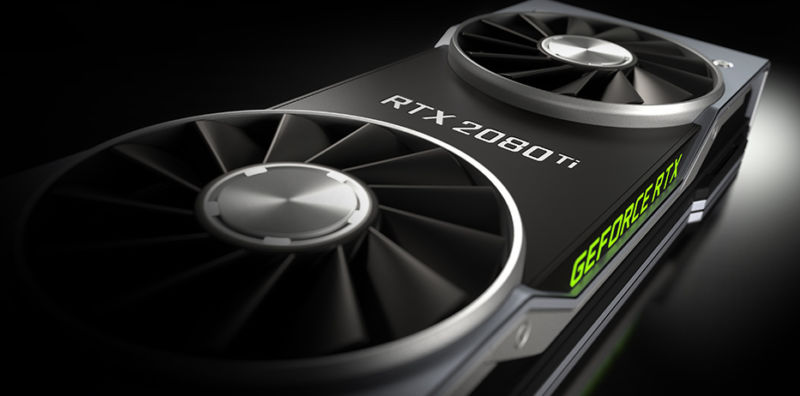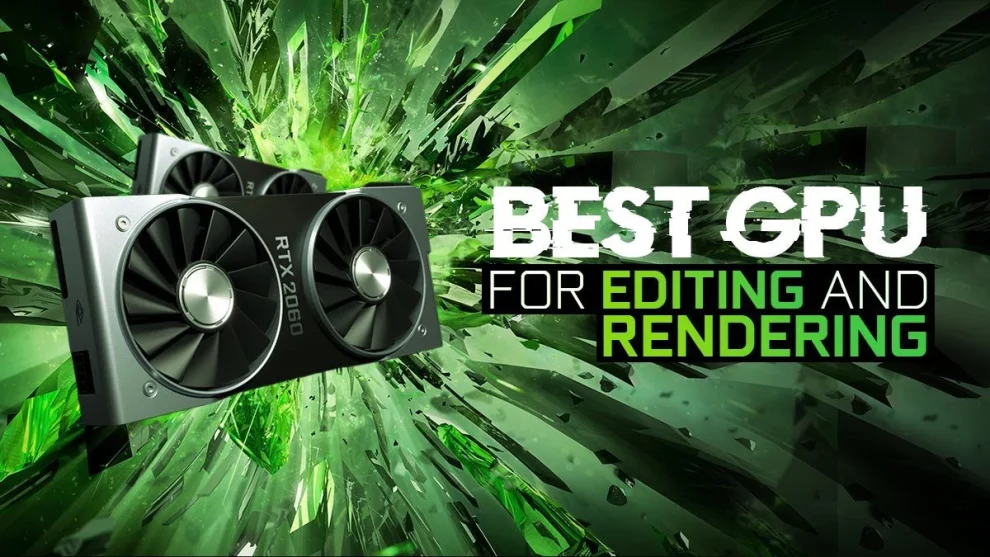In the fast-paced world of creative content creation, meeting tight deadlines while maintaining high pixel standards requires utilizing every possible advantage. For video editors working in gorgeous 4K or 3D artists rendering intricately detailed scenes, a powerful graphics card is no longer just an asset, it’s a necessity. However, simply owning high-end GPU hardware isn’t enough. To fully exploit its capabilities and dominate demanding workflows, you need to optimize your graphics card like a pro.
This in-depth guide explores best practices for unlocking your GPU’s latent performance and accelerating your creative endeavors. Whether you’re cutting a 4K documentary, compositing VFX shots, or ray tracing a 3D environment, prepare to discover optimization gems to help you squeeze every last drop of power from your GPU.
Examining the Creative Battlefield: How GPUs Interact with Software
Before jumping into specific optimization techniques, let’s first establish some fundamental knowledge. GPUs excel at tackling many repetitive, parallel computational tasks simultaneously. This makes them perfectly suited for jobs like rendering visually complex 3D scenes or applying intricate effects to high-resolution video. However, GPUs rely heavily on software compatibility and leveraging specialized hardware features to actually maximize their potential.
Key GPU Software Considerations
- CUDA and OpenCL – These industry standard APIs act as bridges between creative software and the GPU hardware, enabling efficient communication and better utilization of available processing resources.
- Dedicated VRAM – While some applications can utilize system RAM for rendering, having a dedicated pool of high-speed VRAM directly on the GPU board is crucial for best performance. Aim for at least 4GB for 4K video work, and 8GB+ for demanding 3D rendering.

Toolbox for Success: Optimizing Hardware and Software
Now that we’ve established a basic framework, let’s dig into the nitty gritty details. Here are the key techniques for maximizing your GPU’s capabilities when tackling demanding creative workloads:
Hardware Optimization Tips
- Careful Overclocking – This technique involves increasing your GPU’s clock speed to boost performance. However, stability issues or even hardware damage can occur if done recklessly. Thoroughly research your specific model’s overclocking potential and limitations before attempting.
- Prompt Driver Updates – Continually keep your GPU drivers fully updated. Manufacturers routinely release improved versions that optimize performance and fix bugs.
- Adequate Cooling – Excessive heat buildup causes throttling which cripples GPU performance. Ensure proper case airflow and consider upgrading cooling solutions if temperatures are too high under load.
Creative Software Tuning Tricks
- Enable GPU Acceleration – Common video editing tools like Premiere Pro, DaVinci Resolve, and After Effects provide options to shift workloads onto the GPU.
- Use Proxy Media – Edit using lower resolution proxy files as placeholders when working with high-res 4K/6K/8K footage to improve real-time preview performance.
- Refine Render Settings – Many 3D rendering engines feature specific preferences to optimize scene exports. Tweak options like tile size, memory limits, multiple GPU support, and more.
Pushing the Limits: Advanced Optimization Techniques
For those seeking to truly push beyond the norm, here are some advanced tactics to eke out every ounce of GPU power:
- Custom Tuning Profiles – Some manufacturers provide software to create tailored driver presets optimized for specific creative applications.
- GPU Virtualization – Consider virtualizing your OS to dedicate specific GPU resources exclusively to either editing or gaming rather than constant context switching.
- Strategic Underclocking– Counterintuitively, slightly underclocking your GPU can reduce noise and extend lifespan by decreasing power draw and heat generation.
Remember, optimizing your GPU is an evolving, long-term process. Experiment with different configurations and monitor performance metrics using tools like MSI Afterburner to gauge the impact of attempted improvements.
The Power Is In Your Hands
By comprehending your graphics card’s untapped potential and wisely applying these optimization best practices, you can drastically transform your creative workflow efficiency. Keep in mind that fully utilizing your GPU relies on the synergy between quality hardware, efficient software, and your own knowledge. Embrace regularly re-evaluating your setup. Channel your inner graphics guru. Then watch in delight as your GPU helps creative projects render and transcode faster than ever before!
Pro Tip: Although your GPU plays a huge role, also ensure your CPU, RAM, storage, and other components are sufficiently robust to fully support its capabilities and avoid creating system bottlenecks.
Now get out there, meticulously fine-tune your graphics powerhouse, and conquer all those 4K, VFX, and 3D undertakings more effortlessly than you dreamed possible!
















Add Comment